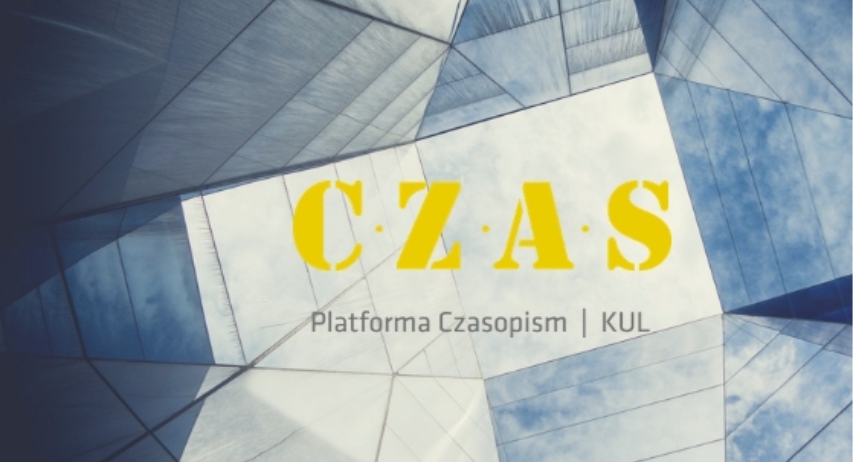Two Decades of Poland in the European Union – Key Changes in the Polish Labor Market
Abstract
The challenging situation in the Polish labor market has led to a mass labor migration of Poles to European countries. Poland’s accession to the European Union combined with the liberalization of regulations concerning the movement of citizens and capital during the first decade significantly accelerated the process of labor migration. This assertion is confirmed by the high amounts of funds transferred from abroad to Poland. An additional factor that has stimulated labor migration was the opening of the labor market to Polish migrant workers by neighboring countries, particularly Germany. By 2013 the structure of financial flows had significantly changed, as Germany became the country from which the highest amounts of financial resources have been transferred annually to this day. At the beginning of the 21st century, the German labor market struggled with high unemployment and a systematic outflow of capital. The causes of this situation were high labor costs. The systematic influx of new labor and the slowing growth of employment costs gradually enhanced the attractiveness of the German economy as a favorable place for investors. The adaptation of the education system to the current demands of the German labor market undertaken by German authorities has been crucial to reducing unemployment.
Keywords:
labor market, labor migrants, unemploymentReferences
Adamowicz, M. (2022). Czynniki przemian rynku pracy w Polsce w latach 1989–2021. W: A. Siedlecka, D. Guzal-Dec (red.), Rynek pracy wobec wyzwań przyszłości. Ewolucja i współczesne uwarunkowania (s. 113–146). Biała Podlaska: Akademia Bialska Nauk Stosowanych im. Jana Pawła II.
Ambroziak, Ł., Gniadek, J., Kopiński, D., Sierocińska, K., Wąsiński, M. (2022). Współpraca handlowo-inwestycyjna Polski z Niemcami. Warszawa: Polski Instytut Ekonomiczny.
Brücker, H., Ehab, M., Jaschke, P., Kosyakova, Y. (2024). Verbesserte institutionelle Rahmenbedingungen fördern die Erwerbstätigkeit. IAB – Kurzbericht, 10. doi: 10.48720/IAB.KB.2410.
Brücker, H., Hauptmann, A., Keita, S., Vallizadeh, E. (2024). Zuwanderungs Monitor. IAB – Kurzbericht, Juli 2024. Nürnberg: Institut für Arbeitsmarkt- und Berufsforschung. doi: 10.48720/IAB:ZM:2407.
Chmielewska, I. (2015). Transfery z tytułu pracy Polaków za granicą w świetle badań Narodowego Banku Polskiego. Seria: Materiały i Studia 314. Warszawa: Narodowy Bank Polski, Instytut Ekonomiczny.
Czarnik, S., Turek, K. (2014). Aktywność zawodowa i wykształcenie Polaków. Na podstawie badań ludności zrealizowanych w 2013 roku w ramach IV edycji projektu Bilans Kapitału Ludzkiego. Warszawa: Polska Agencja Rozwoju Przedsiębiorczości.
Duell, N., Vetter, T. (2020). The Employment and Social Situation in Germany. Luxembourg: Department of Economic, Scientific and Quality of Life Policies, European Parliament.
Dustmann, Ch., Fitzenberger, B., Schönberg, U., Spitz-Oener, A. (2014). Od chorego człowieka Europy do ekonomicznej megagwiazdy: odradzająca się gospodarka Niemiec. Gospodarka Narodowa, 274(6), 149–172. doi: 10.33119/GN/100903. (Crossref)
European Statistical Office. (2014). Euro area unemployment rate at 12.0%. Luxembourg: Eurostat Press Office.
Fachinger, T., Hoffmeyer-Zlotnik, P., Stiller, M. (2023). Temporary Protection Germany. European Council on Refugees and Exiles. Pobrano z https://asylumineurope.org/wp-content/uploads/2024/06/AIDA-DE_2023-Update.pdf (14.08.2024).
Gońda, M., Kulesa, A. (2013). Migracje międzynarodowe Polska–Unia Europejska–Europa Wschodnia. Biuletyn Migracyjny, 45. Pobrano z http://www.biuletynmigracyjny.uw.edu.pl/pliki/pdf/biuletynmigracyjny45.pdf (21.08.2024).
Główny Urząd Statystyczny. (2023a). Informacja o rozmiarach i kierunkach czasowej emigracji z Polski w latach 2017–2022. Warszawa: Główny Urząd Statystyczny.
Główny Urząd Statystyczny. (2024a). Pracujący, bezrobotni i bierni zawodowo. Warszawa: Główny Urząd Statystyczny.
Hartmann, N. (2005). Bruttoinlandsprodukt 2004. Wiesbaden: Statistisches Bundesamt.
Mladý, M. (2005). Regional Unemployment in the European Union and Candidate Countries in 2004. Luxembourg: European Communities.
Organisation for Economic Cooperation and Development. (2015). Education at a Glance 2015: OECD Indicators. Paris: OECD Publishing. doi: 10.1787/eag-2015-en. (Crossref)
License

This work is licensed under a Creative Commons Attribution 4.0 International License.
This work is licensed under a Creative Commons Attribution 4.0 International License.







